Fear and Anxiety in Uncertain Times
When uncertainty looms, about work, politics, the economy or global stability, fear and anxiety often rise to the surface. While the two are closely related, understanding how they differ, why they occur and how they shape our world can help us better manage them and build resilience.
What Are Fear and Anxiety?
Fear is the body’s immediate reaction to a clear, present danger. It triggers the fight-or-flight response, increasing heart rate, releasing adrenaline and sharpening focus. It’s short-term and survival-driven - helpful when facing something tangible, such as a near car accident or an approaching storm.

Anxiety, however, is future-oriented. It’s a state of persistent worry or tension about things that might happen. The body still reacts as if danger is imminent, even when the threat is abstract - such as concerns about the economy, political turmoil or global conflict. Essentially, fear protects us from present danger; anxiety prepares us for possible future danger.
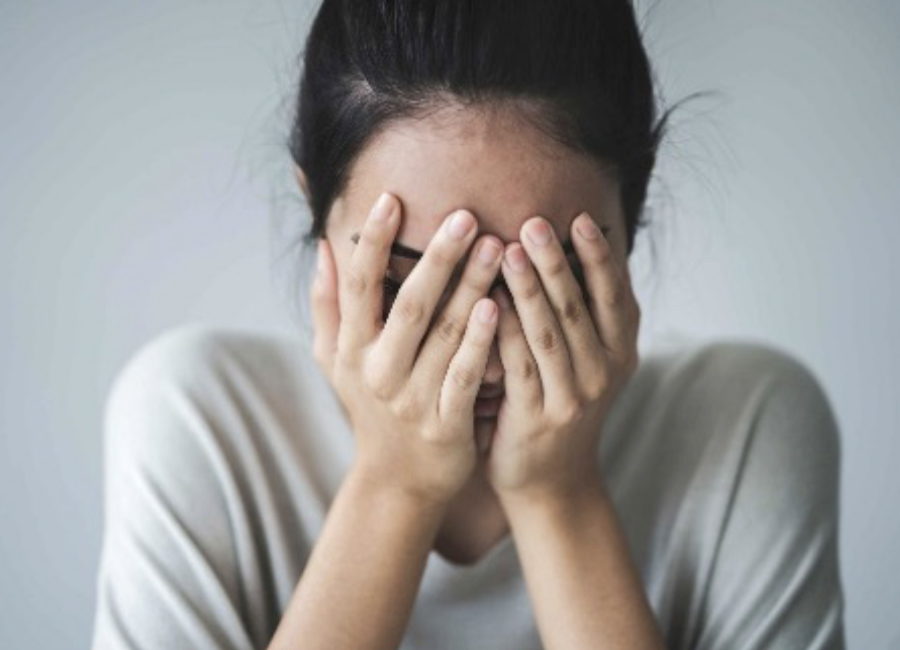
Why They Arise
Humans are wired to seek predictability. When outcomes are unknown, the brain’s threat-detection system - the amygdala – activates and the stress response system (the hypothalamus-pituitary-adrenal axis) releases cortisol. Chronic exposure to uncertainty keeps this system switched on, leading to ongoing anxiety.
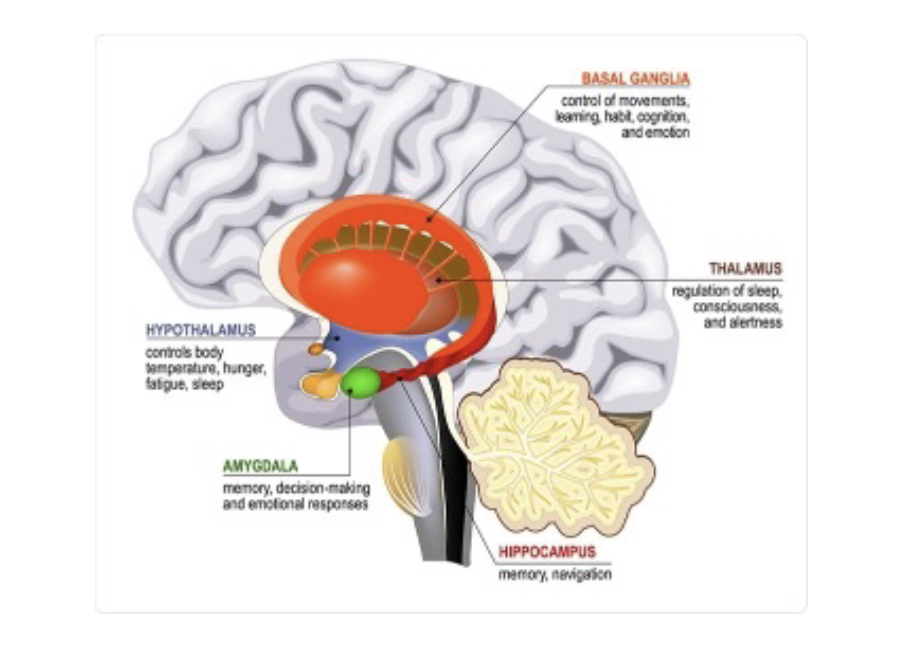
Psychologically, people who feel low control or who have a high intolerance for uncertainty are more likely to experience anxiety during unpredictable times. The combination of rapid change, constant information and social comparison (especially on social media) further amplifies these emotions.
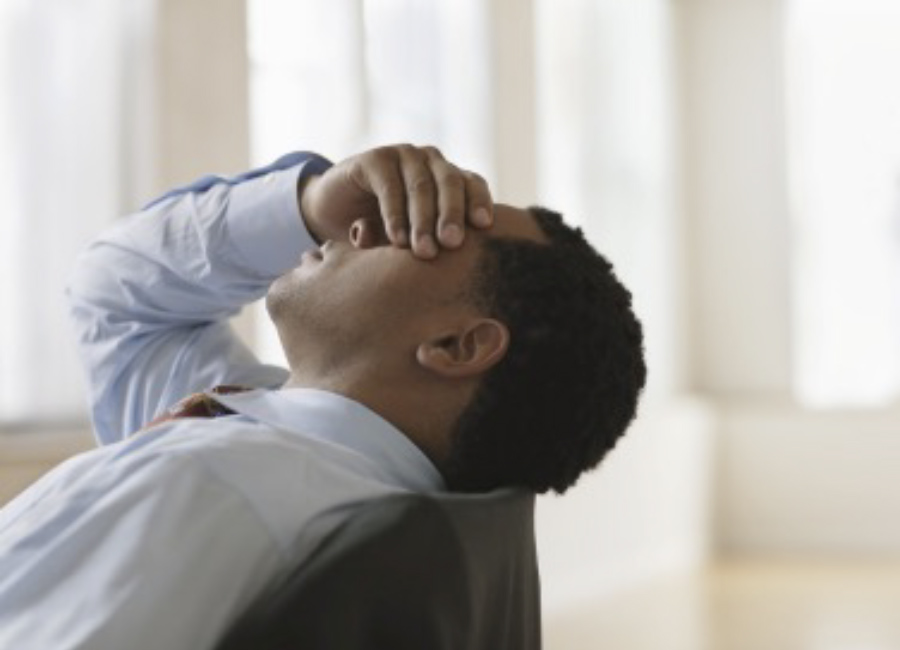
Political Uncertainty and Global Tension
Recent studies show that political instability and social polarization are now major sources of psychological stress. In the U.S., a 2024 APA survey found that 77% of adults view “the future of the nation” as a significant cause of anxiety, and 73% say elections themselves make them anxious. Globally, 65% of organizations report that political stress and societal fragmentation are increasing workplace anxiety.

The 24-hour news cycle and social media algorithms that emphasize outrage and crisis intensify these emotions. People report feeling helpless, frustrated and fearful about global issues - wars, climate change, misinformation and divisive politics. When uncertainty about leadership, safety or fairness grows, anxiety becomes a shared social experience, not just a personal one.
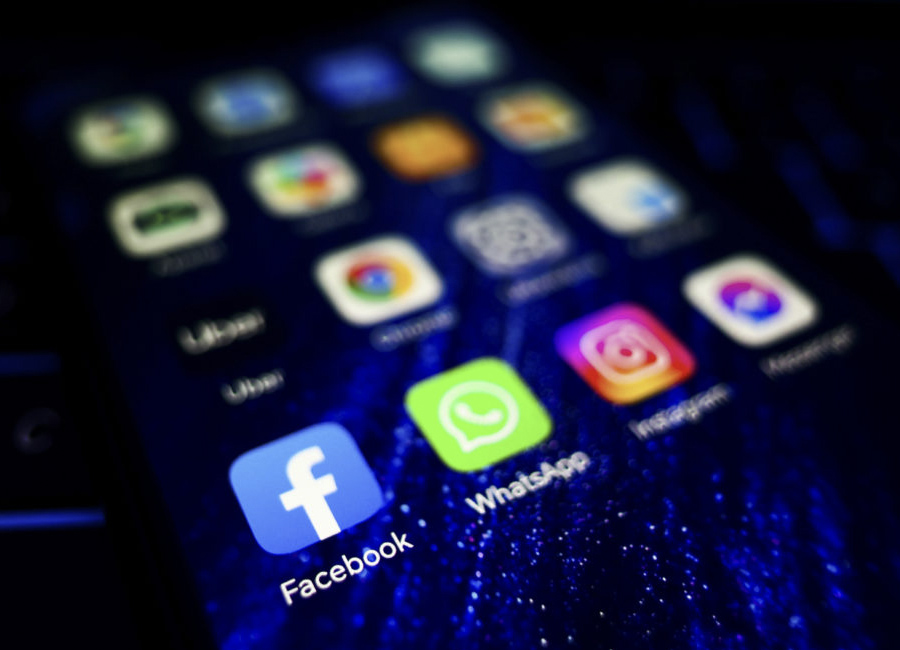
The Human and Economic Impact
Fear and anxiety have tangible effects on people’s health, productivity and economies.
On individuals, chronic anxiety can cause:
- Sleep disruption, fatigue and weakened immunity
- Difficulty concentrating or making decisions
- Increased risk of depression or substance misuse
- Avoidance behaviors that limit work and relationships
On workplaces and economies, the ripple effect is profound:
- The World Health Organization (WHO) estimates that depression and anxiety cost the global economy $1 trillion annually in lost productivity
- In the U.S., anxiety disorders affect about 19% of adults annually, leading to higher absenteeism, lower job performance and rising healthcare costs
- Economic uncertainty itself - such as inflation, job loss fears or political instability - reinforces a feedback loop: worry reduces consumer confidence and spending, which can slow growth, further increasing uncertainty and anxiety
In financial markets, spikes in volatility indexes (like the VIX) are often correlated with global political events and rising public anxiety, showing how emotions can move economies as much as data.
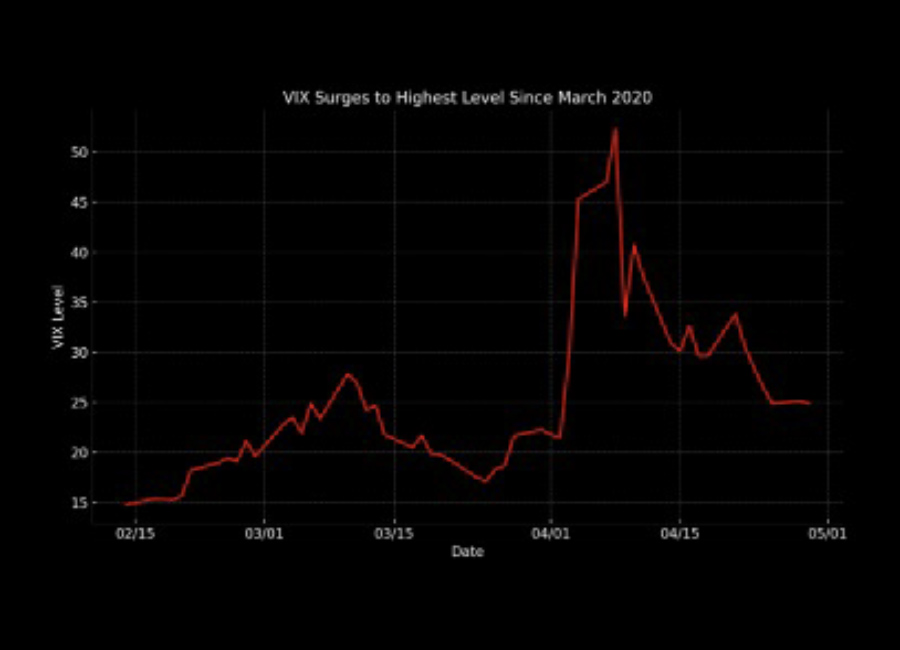
How to Diminish Fear and Anxiety
While we can’t eliminate uncertainty, we can learn to manage its effects. Evidence-based strategies include:
- Information Control: Limit exposure to constant news or social media. Set defined times to check updates rather than consuming headlines all day
- Grounding in the Present: Mindfulness, deep breathing or journaling helps shift focus from hypothetical fears to what’s actually happening now
- Physical Regulation: Regular exercise, sufficient sleep and balanced nutrition reduce physiological stress responses
- Connection and Community: Sharing fears with trusted friends or groups builds perspective and emotional support
- Perspective Shifting: Focus on what you can control (routine, self-care, kindness) instead of what you can’t (political outcomes, global events)
- Professional Help: Cognitive Behavioral Therapy (CBT), meditation-based therapies or medication can be highly effective for chronic anxiety
- Civic Engagement: Taking constructive action - voting, volunteering or advocating - can transform helplessness into agency

Fear and anxiety are not signs of weakness: they are human responses to uncertainty. In today’s fast-changing world, marked by political division, global tension and economic instability, understanding these emotions helps us respond wisely rather than reacting impulsively.
By cultivating awareness, compassion and practical coping skills, individuals and societies can move from paralysis to purpose, and turn anxiety about the unknown into motivation to create a more stable, connected future.
If you had to pick one of the above ways of diminishing fear and anxiety, which one would you pick and why?
Now that you’ve read today’s blog, why not take what you’ve learned and play today’s matching quiz on your Quizefy app? Many of the answers can be found right here. We publish an on-trend, hint-filled blog at www.quizefy.com every Tuesday, along with a matching quiz in your Quizefy app. We think they’re a great combination and a great way to Strut Your Smart.

